For the Co people in the highlands, the pole is a bridge between the earth and the sky, an invisible connection between humans and gods and ancestors. The painted patterns and visual arts on the pole of the Co people are not simply a creation of beauty, but also a message of the villagers' wishes and aspirations for a better life.
Colorful sacred
The Co ethnic group has about 40 thousand people, living mainly in the two provinces of Quang Ngai and Quang Nam. Associated with the residential area, the Co people in the upper Tra Bong River, Quang Ngai province are called the Co Duong Nuoc area, the Co people settling in the high mountains in the southwest are called the Co Duong Rung area.
Throughout history, the Co people have lived in areas with rivers, steep mountains, and continuous settlements, so the endogenous creativity of the Co culture is very strong. Living in independent villages, named after rivers, streams, forests, and poles, along with the art of decorating poles in buffalo eating festivals, began in the development history of the Co community.
The pole has become a spiritual symbol, holding a particularly important position throughout the cultural and religious space and life of the Co people. The art of creating and decorating the pole converges the quintessence of folk culture through thousands of years of history.
The rich and diverse nature has contributed to the formation of the colorful flagpole and flag culture of the Co people, expressed in the rituals of worshiping gods, praying for peace, pounding rice straw, offering new rice, buffalo eating festival and many other unique festivals.
Nearly 70 years old, People's Artisan Ho Van Duong in Son Tra Commune, Tra Bong District, cannot remember when he started making poles and flags for the village with his fellow villagers. Having spent his entire life in the mountains and forests, since childhood he has followed his father and village elders to create decorative poles for buffalo feeding, rice straw-cutting, and new rice ceremonies.
According to artisan Ho Van Duong, depending on the living space in the forest or waterway, the Co people in each region will have different techniques of carving and decorating patterns and motifs. Images of rituals, customs, mountains, forests, the sun and the moon are stylized; stilt houses, Sip plit birds, circular and triangular symbols are diverse and interesting like a natural picture and the cultural identity of the Co people is miniature in the world of flags and streamers.
The pole is 13 to 15 meters high, including: a pillar made of mahogany or sen wood; painted patterns around the pole in three traditional colors: red, black, white; combined with the shape of a tray of gods, gu gods, fish baskets or a 5-meter long flagpole woven from rattan. The Co people use the bark fibers of the bud tree to shape and emboss the pole; use grass from the ót tree, the zét tree, and burnt snail shells to create decorative colors and elaborate carvings on the pole and flagpole.
Bringing nature and daily life into decorative and visual arts is a unique cultural feature and identity of the Co people in the highlands of Quang Ngai province. Depending on the festival, the types of poles are different, and for the same type of pole, the decorative and visual arts are slightly different between the regions where the Co people live.
“Every time the pole is erected, the Co people must perform a ceremony with very sacred rituals. The patterns, motifs or shapes express the common intention of the villagers to offer everything they have to the gods and ancestors, with the wish for a bountiful harvest and a prosperous and peaceful life,” explained Mr. Ho Van De, Tra Phong commune, Tra Bong district.
The art of decorating poles of the Co people in Tra Bong district, Quang Ngai province has a long history, becoming a national tangible cultural heritage affirming the ethnic cultural identity, bearing the unique mark and vitality of the residents of the Truong Son - Tay Nguyen region.
Preserving cultural resources
Along with many residents in the Truong Son - Tay Nguyen region, more than 40 thousand Co people live mainly in Quang Ngai and Quang Nam provinces. Living in the middle of the forest, the Co people have cultivated good qualities, creating a cultural heritage of the art of decorating poles with many unique and distinctive features.
Currently, thanks to the policies of the Party and State, the life of the Co people has improved a lot, integrating with the life of people of other ethnic groups.
Amidst the vast cinnamon forests, the villages and stilt houses of the Co people in the highlands of Quang Nam and Quang Ngai provinces have added many fresh colors. Tra Bong cinnamon and Tra My cinnamon were once royal specialties, associated with the historical flow of the Co people through many generations.
In the highlands of Tra Bong and Nam Tra My districts or in their residential areas, cinnamon forests help the Co people escape poverty and have better incomes thanks to better cultivation techniques and dedicated care by the villagers than before.
In recent years, under the roofs of the houses and villages of the residents are gardens of cinnamon, medicinal herbs, and lush green fruit trees stretching along the rivers and mountain roads of the Truong Son highlands.
For the Co people, when the village is prosperous and has a good harvest, more flags are erected, more firmly established, and the colors of the flags are brilliant in the midst of the vast nature. “We must preserve the cultural traditions of the community. When we make money, we erect a flagpole to thank heaven and earth, inviting our ancestors to come and celebrate together. We try to plant cinnamon, acacia, and raise more livestock so that the village can have more joy,” said Mr. Ho Van Sinh, Tra Phong commune.
With a passion for studying the culture of ethnic groups in the highlands, cultural researcher Cao Chu, former Deputy Director of the Department of Culture, Sports and Tourism of Quang Ngai province, said: The cultural space of herbs, so the level of crafting of the Co people has many surprises when using plants to create objects for life. The unique decorative art is different from other ethnic groups. The connection between tradition and modernity is at risk of breaking due to changing social conditions, the old if not adapting to new conditions will gradually fade away.
“There are many motifs and drawings on the flagpole that have many explanations but the ancients do not understand the exact meaning. Or like the upland rice culture, there is a stubble offering to thank the rice god and ancestors, but now we plant acacia and forests, so there are fewer offerings. In the past, culture was naturally preserved in the available cultural space, but in modern society, many preservation and protection policies are needed so that beautiful customs do not fade away over time...”, Cultural researcher Cao Chu pondered.
Becoming a national tangible cultural heritage, the art of decorating the Co people's flagpole needs to be taught to the next generation to develop and preserve the tradition.
Experts, researchers, and artisans in the highlands of Quang Ngai province in particular and the Truong Son-Tay Nguyen region in general need to make more efforts to support the community and young people to create, nurture their passion for traditional folk art, and spread the value of traditional art in contemporary social life.
“Along with the national intangible cultural heritage, the art of decorating the Co people’s poles affirms the unique cultural value of the highland community. Quang Ngai province needs to continue to preserve and maintain the practice to promote the heritage; at the same time, prioritize promoting national target programs for ethnic minorities in mountainous areas, programs and projects in the field of cultural and traditional conservation,” affirmed Vice Chairman of the Quang Ngai Provincial People’s Committee Nguyen Hoang Tuan.
Source: https://nhandan.vn/sac-mau-tren-dai-ngan-truong-son-post872027.html


![[Photo] Prime Minister Pham Minh Chinh receives Chairman of Commercial Aircraft Corporation of China (COMAC)](https://vstatic.vietnam.vn/vietnam/resource/IMAGE/2025/4/14/93ca0d1f537f48d3a8b2c9fe3c1e63ea)

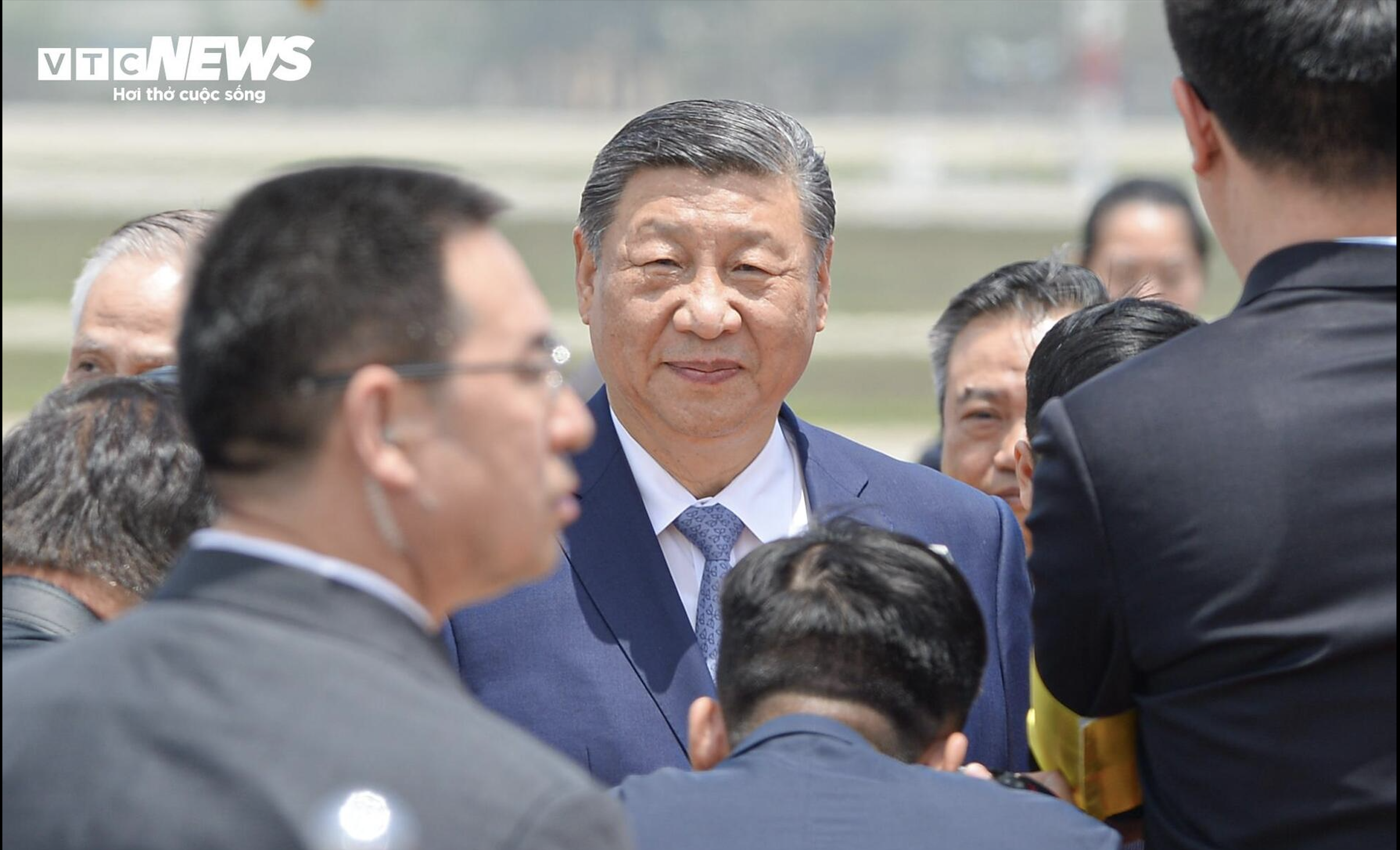
![[Photo] General Secretary and President of China Xi Jinping arrives in Hanoi, starting a State visit to Vietnam](https://vstatic.vietnam.vn/vietnam/resource/IMAGE/2025/4/14/9e05688222c3405cb096618cb152bfd1)
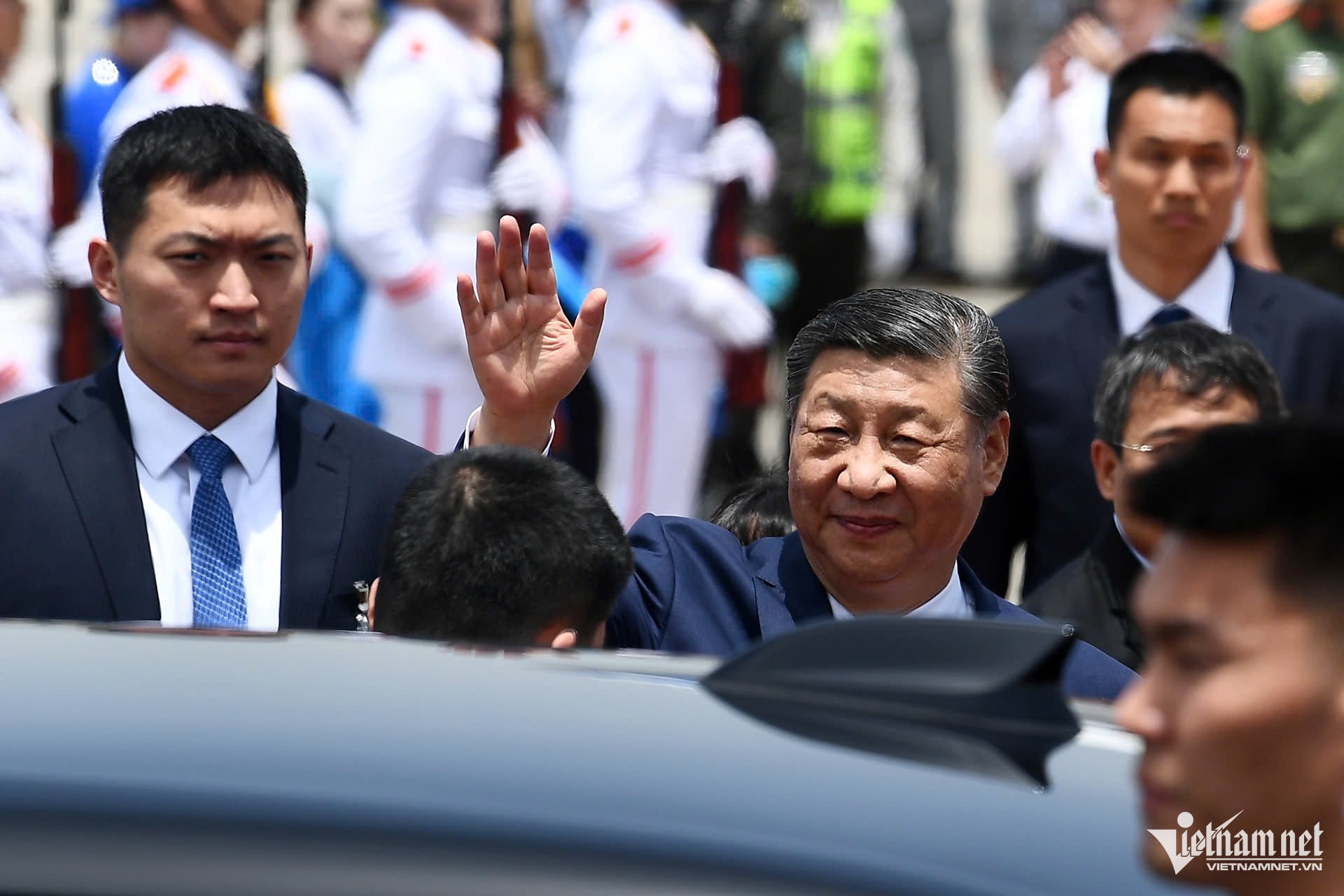
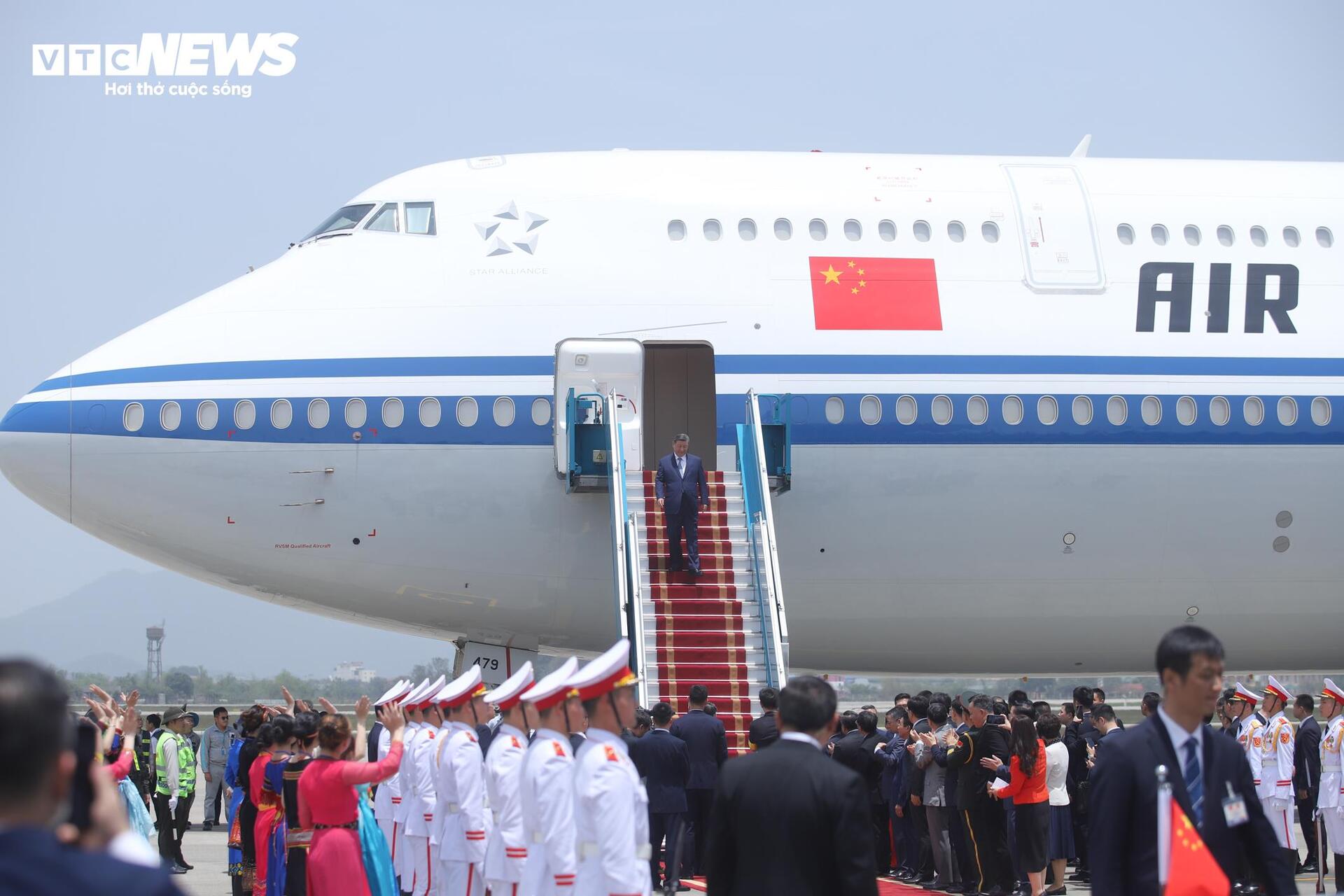
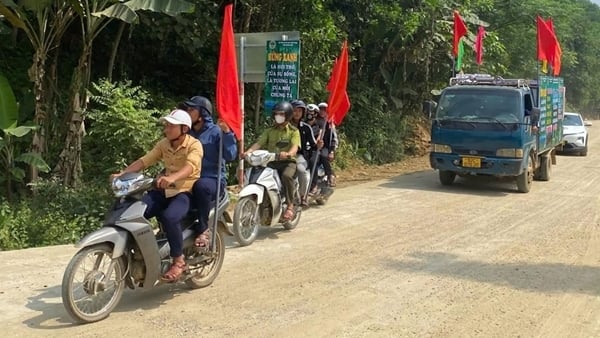

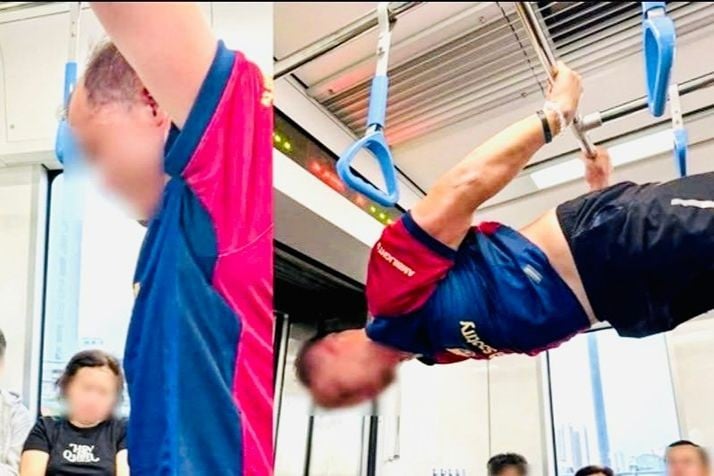
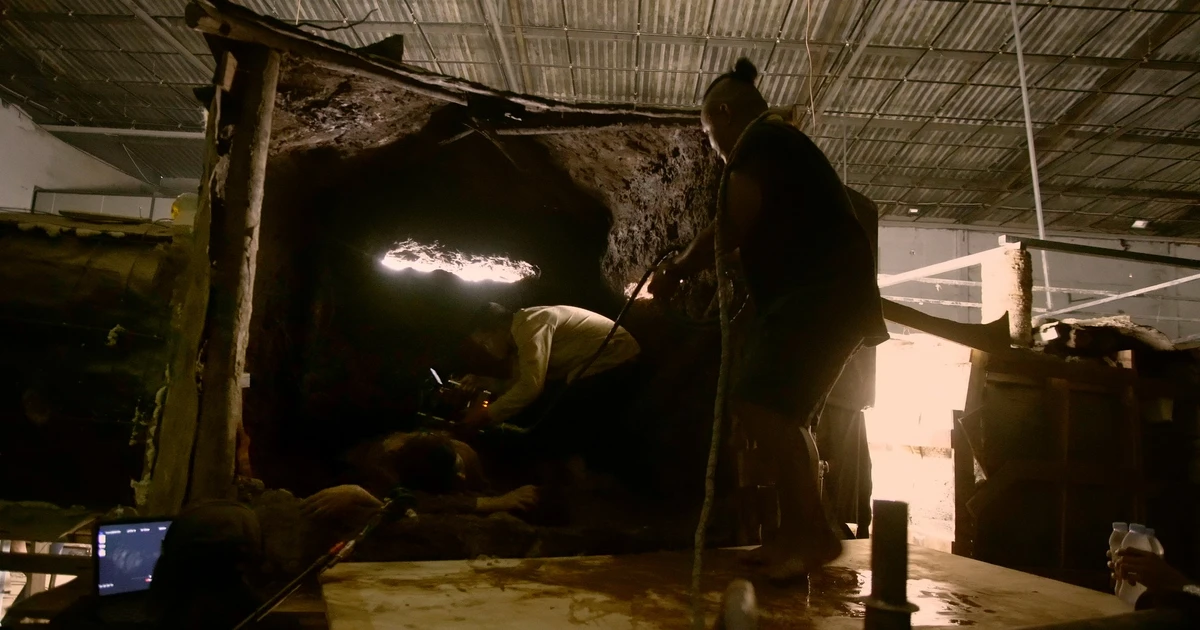

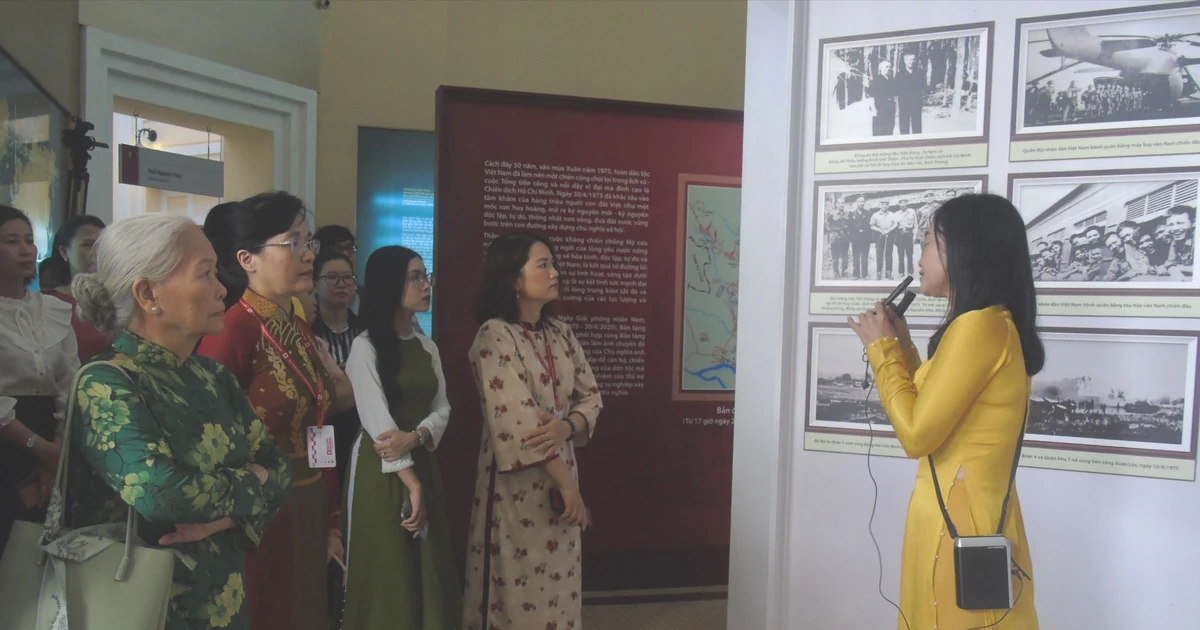
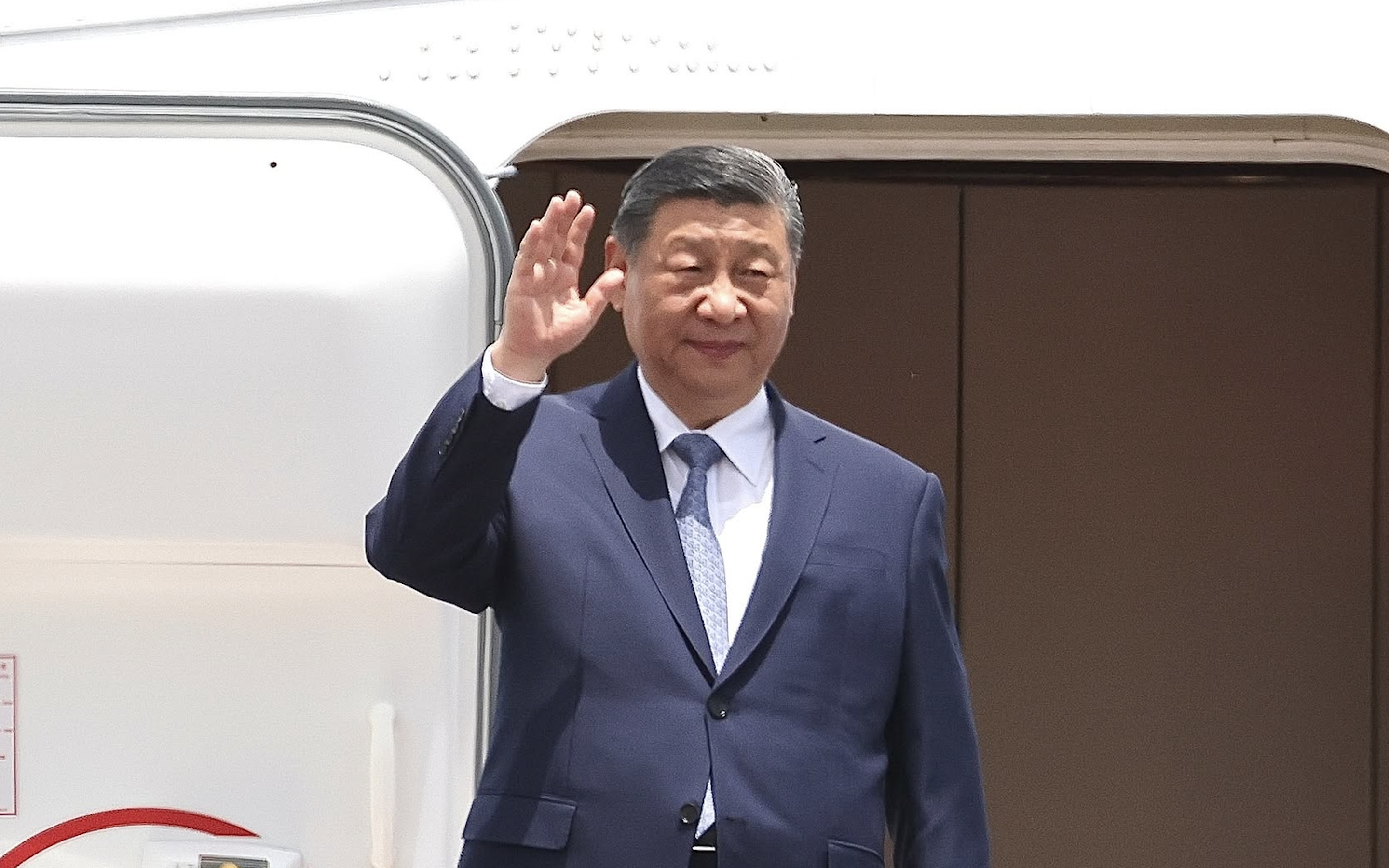

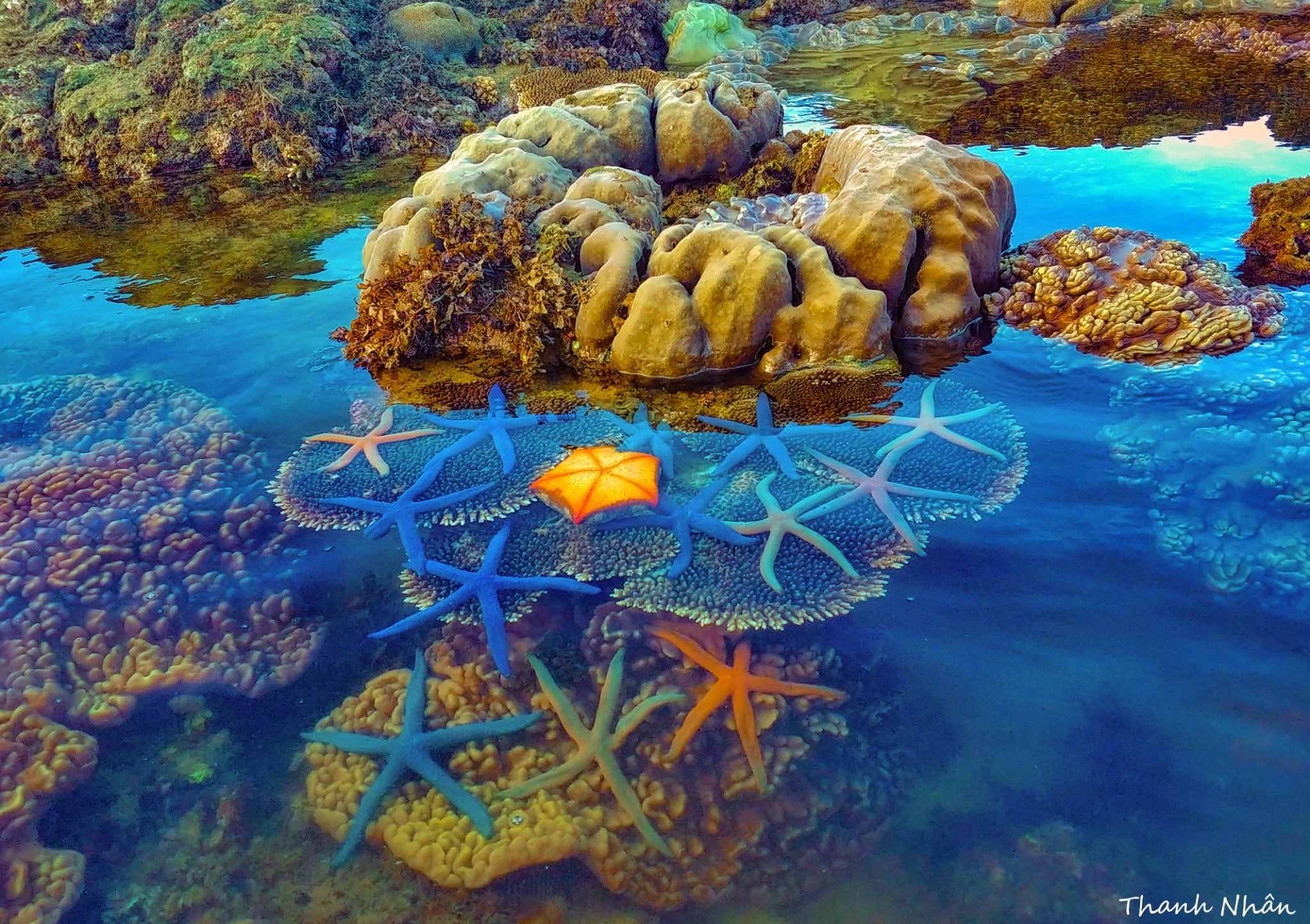
![[Video] Towards sustainable green tourism development](https://vstatic.vietnam.vn/vietnam/resource/IMAGE/2025/4/14/a454fe523a7048e28743661d83a178f8)
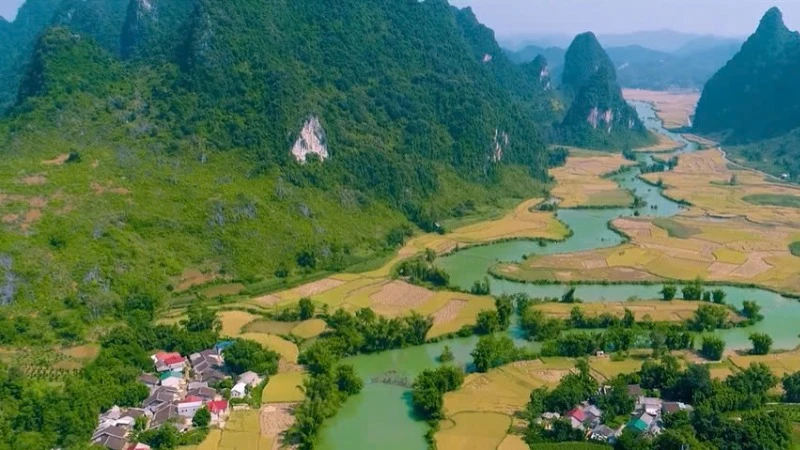

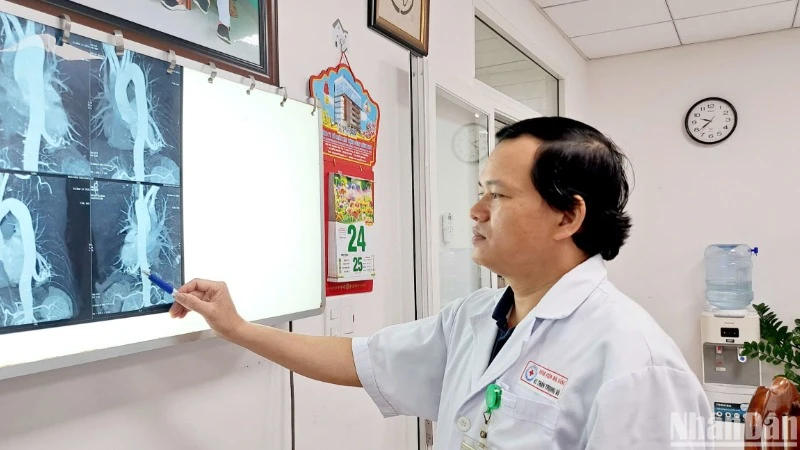

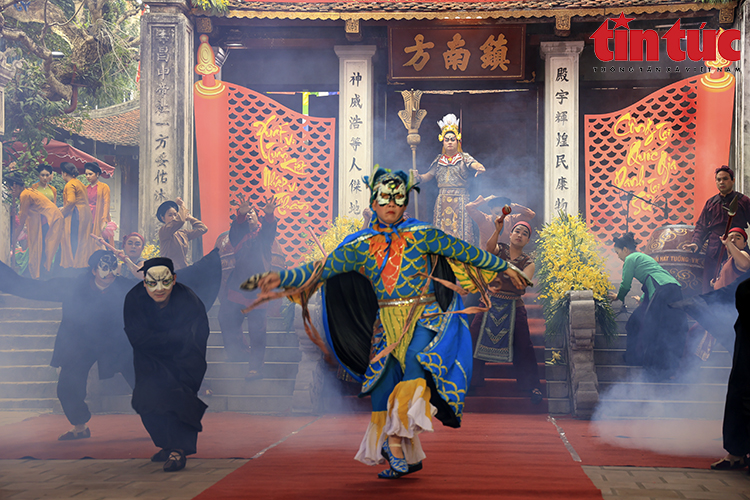

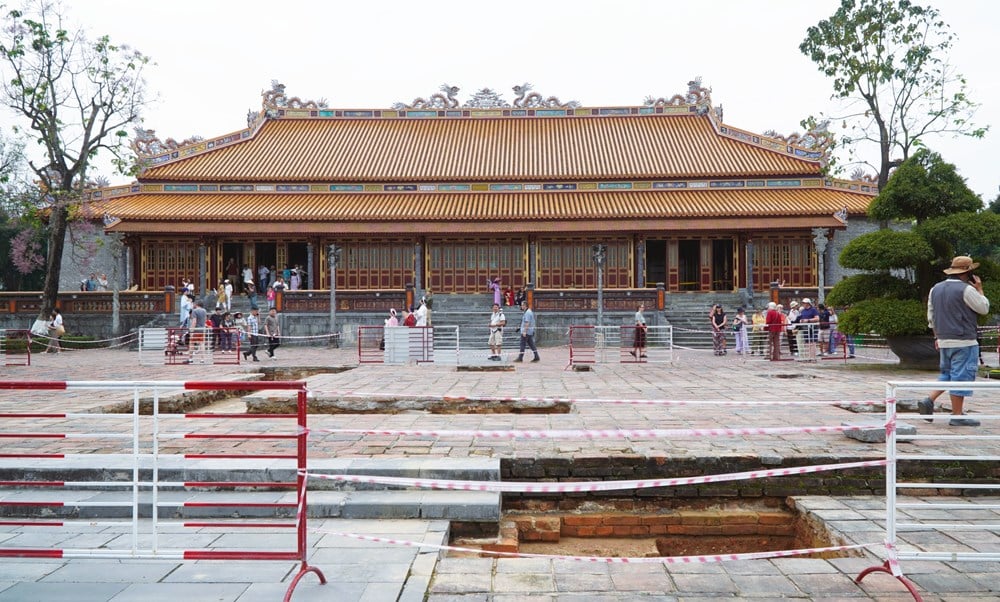

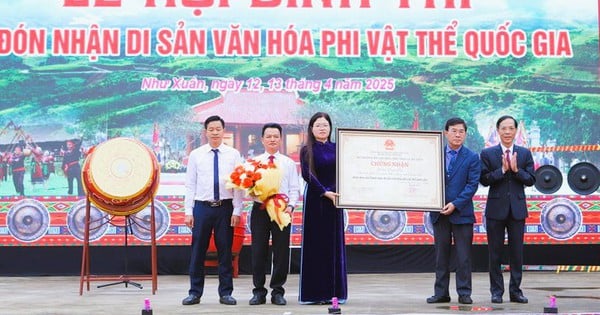


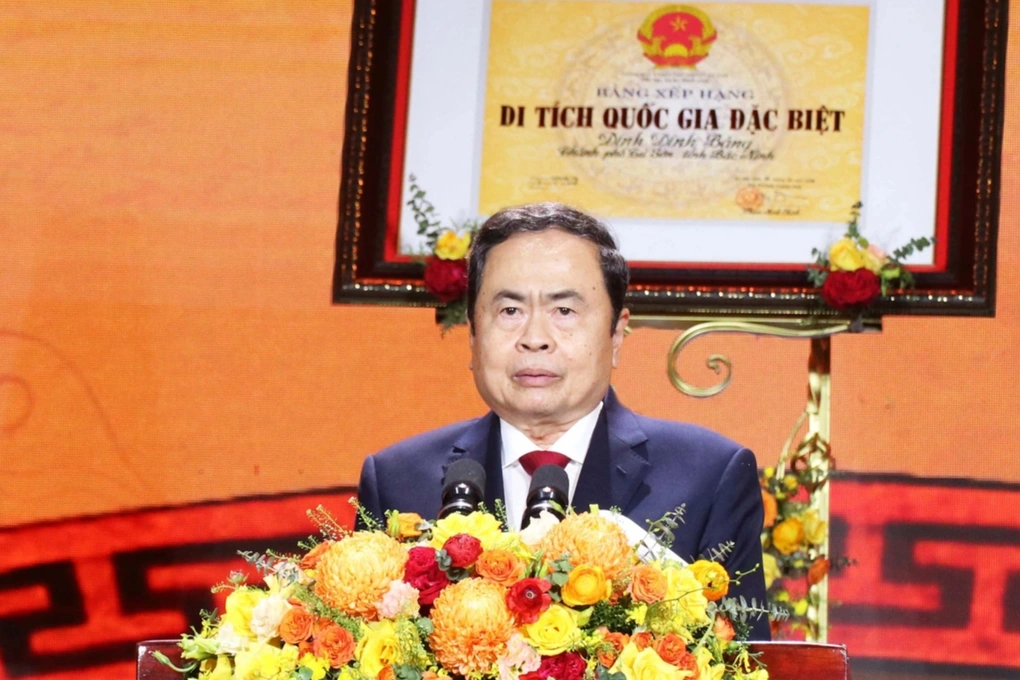

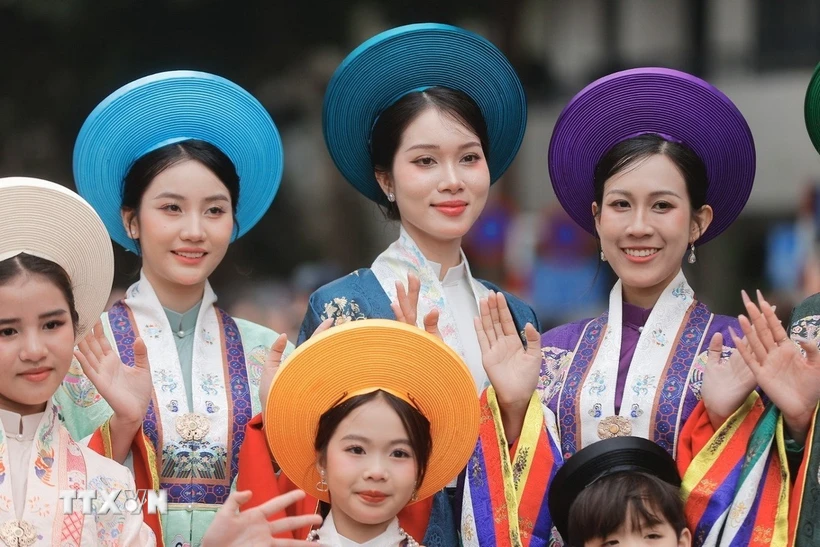



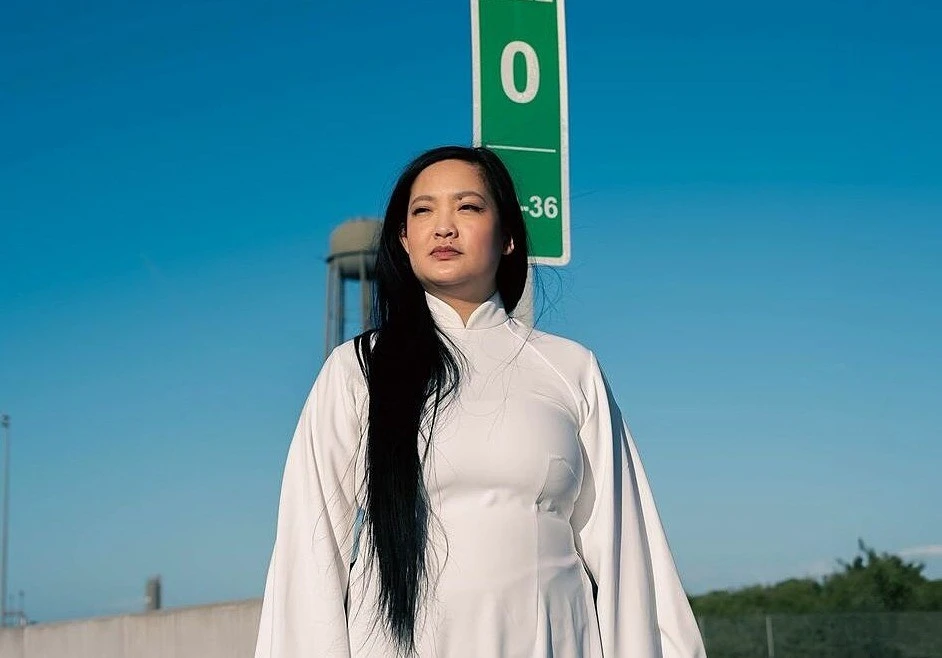





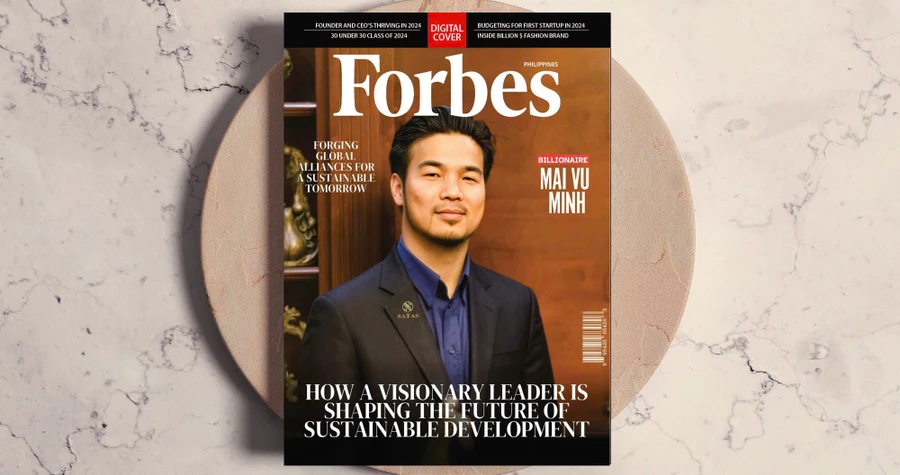








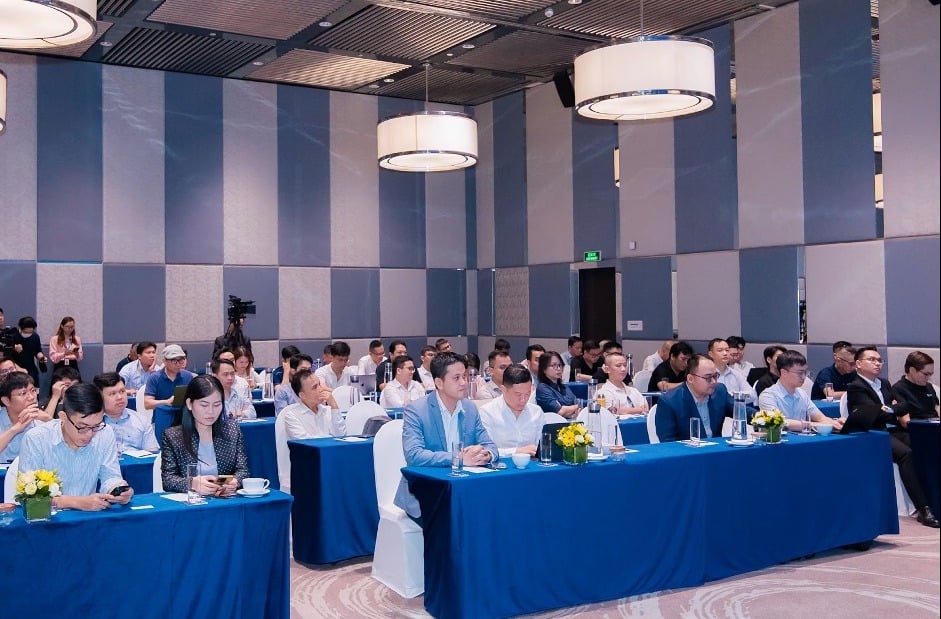


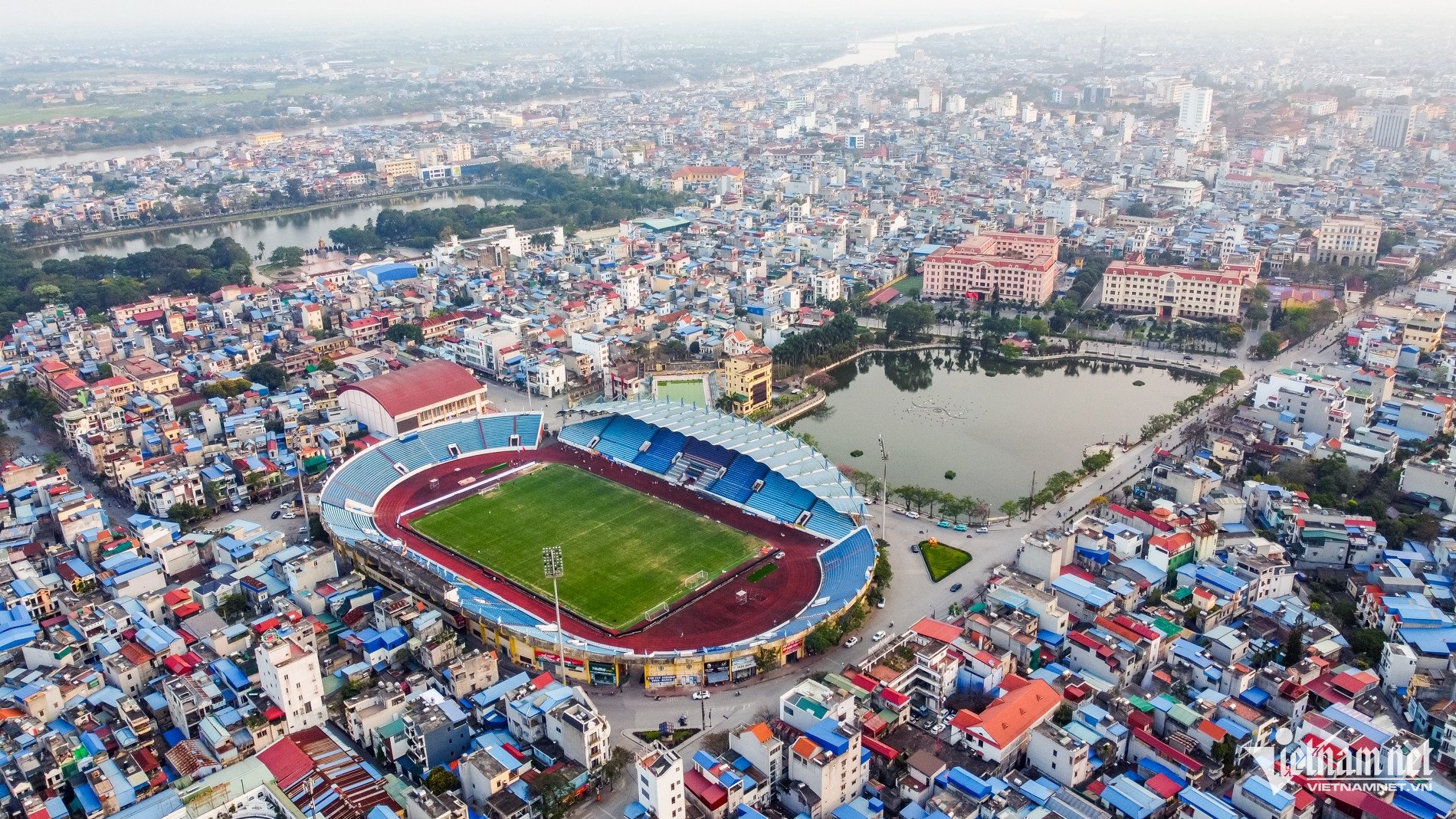
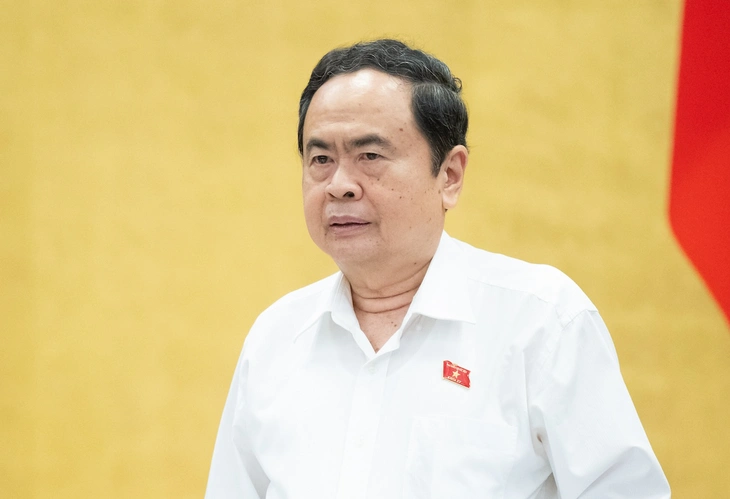
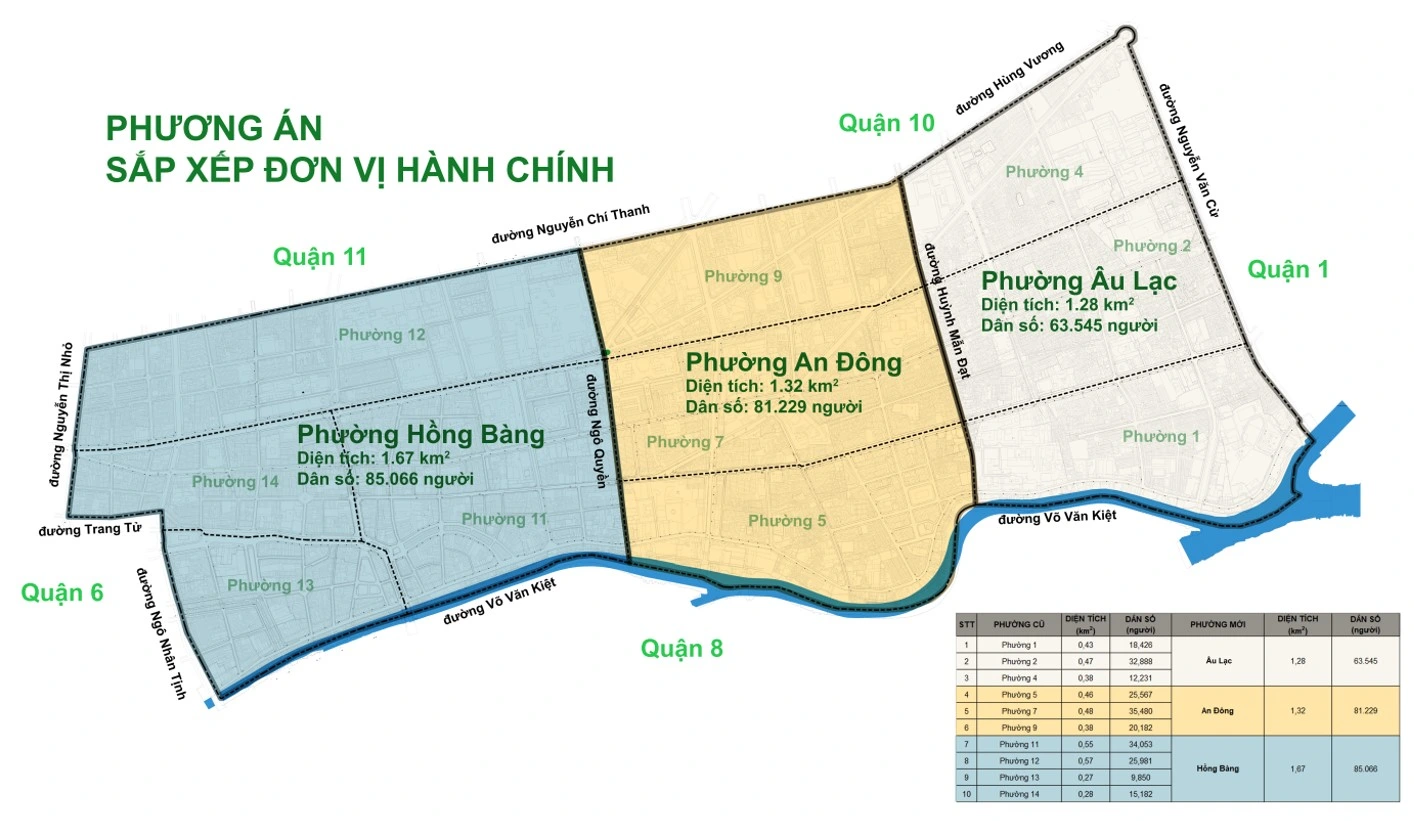

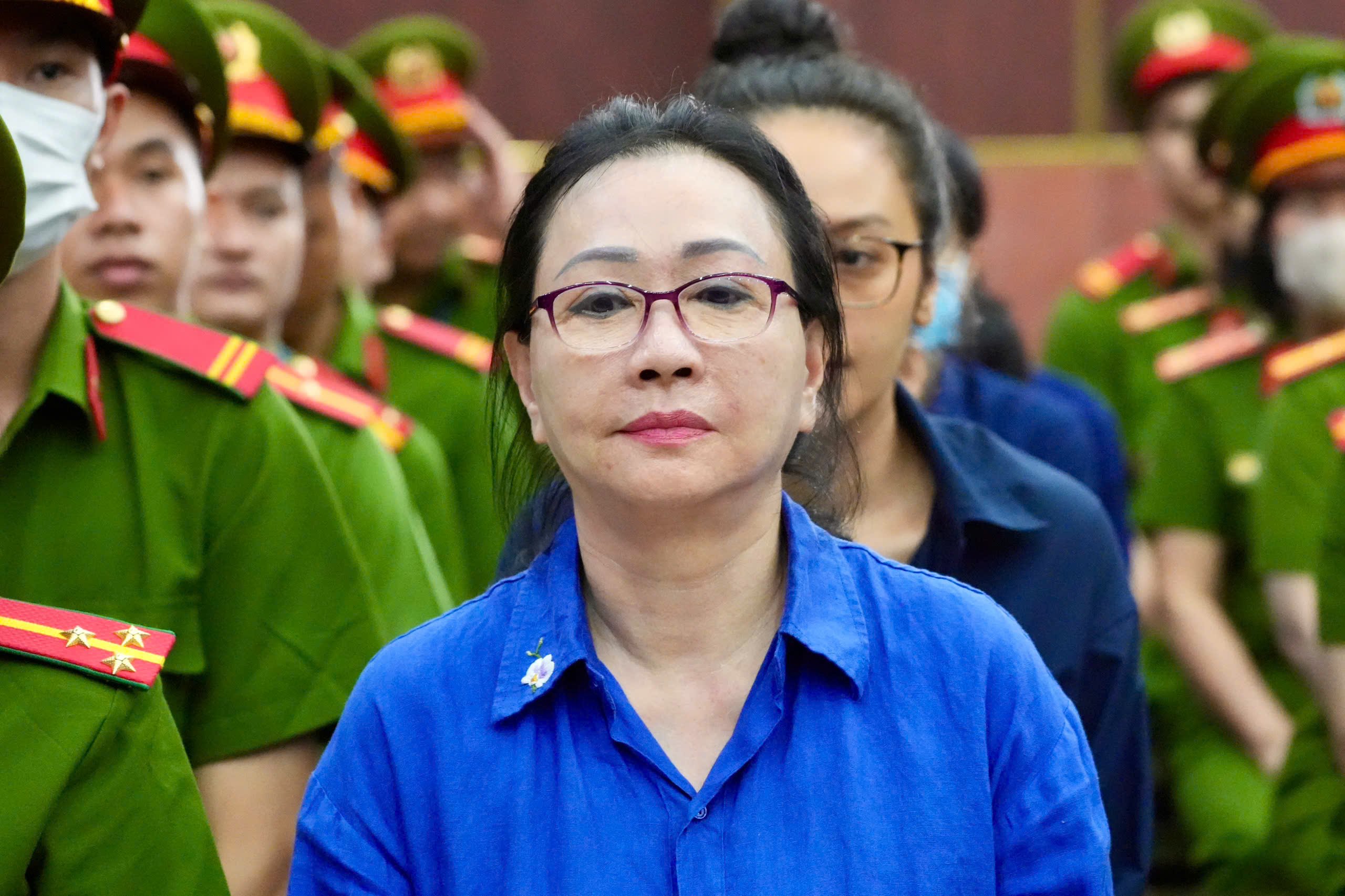
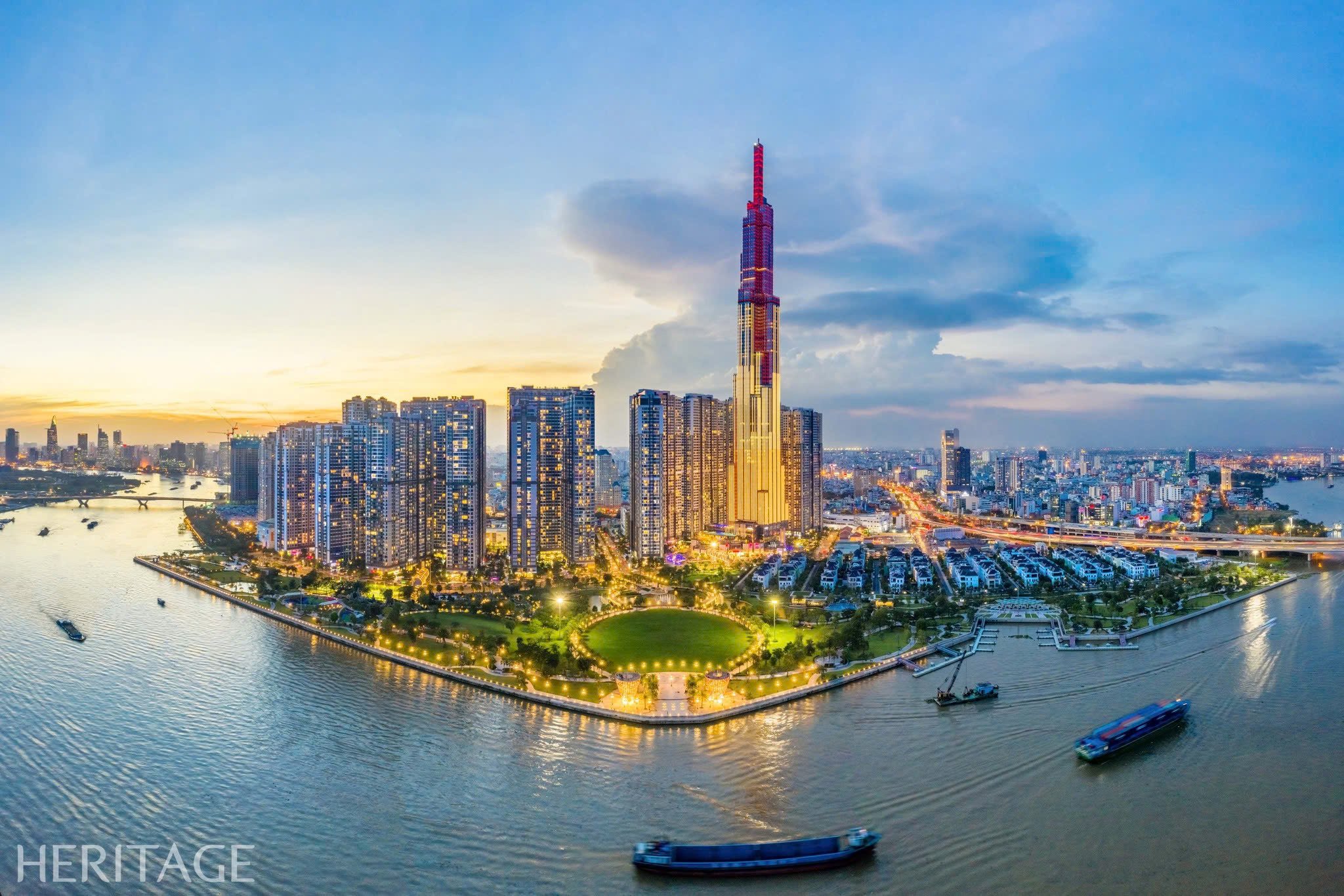
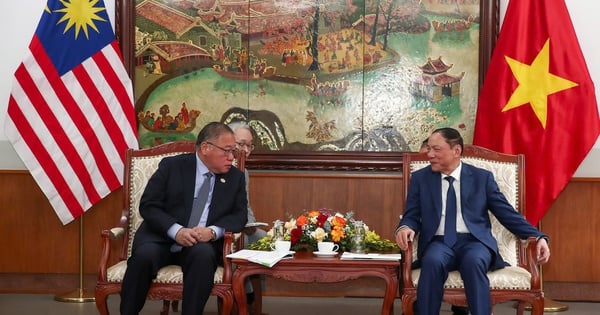

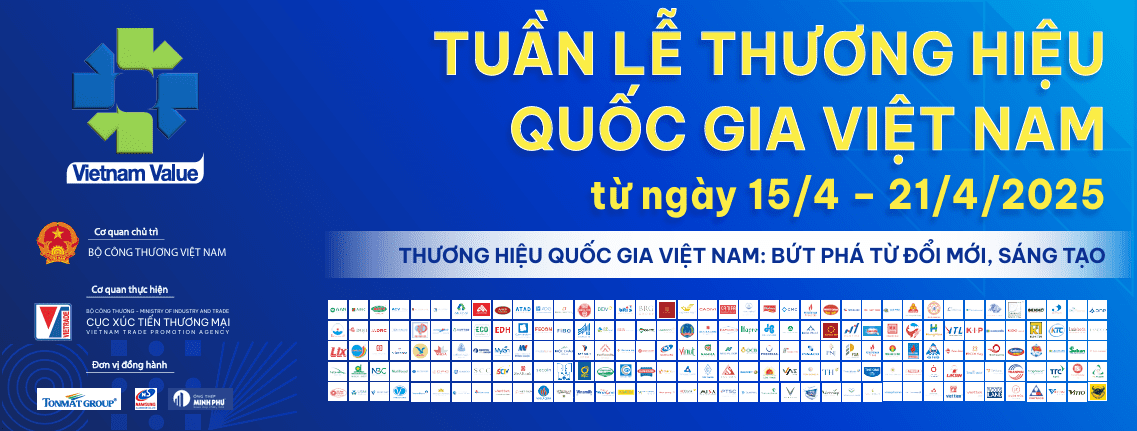


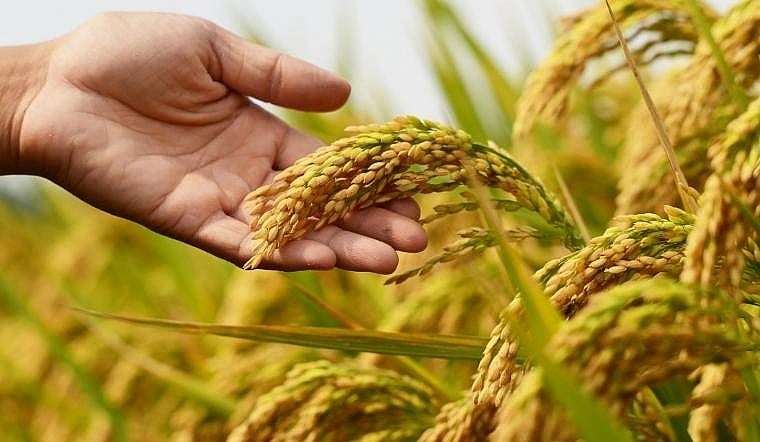
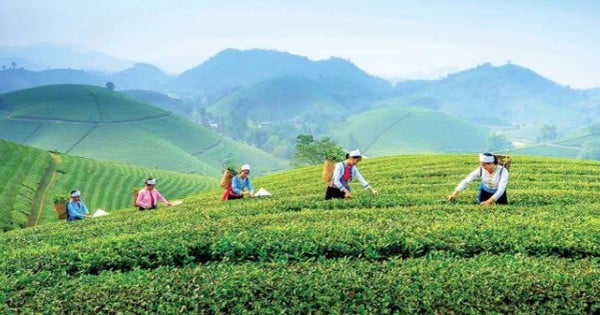
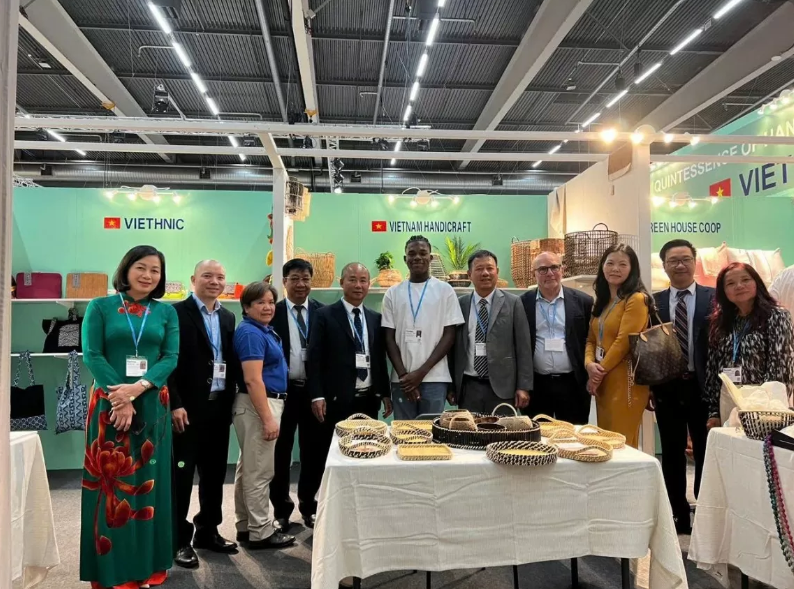
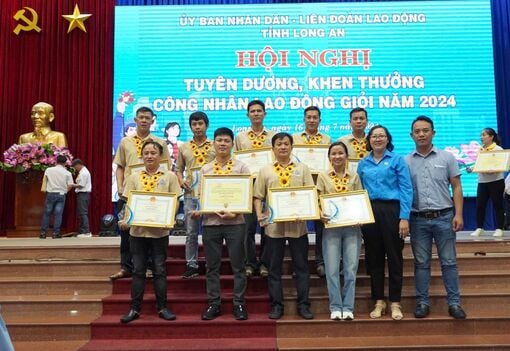


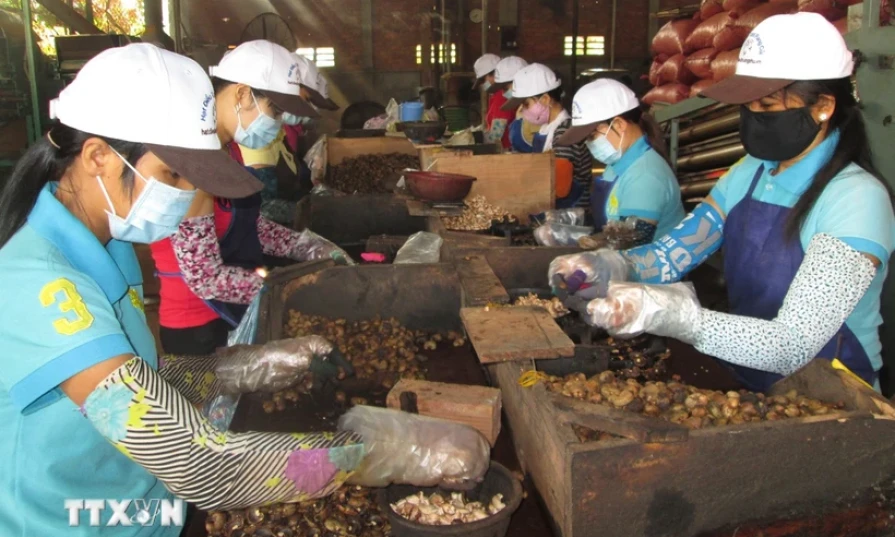

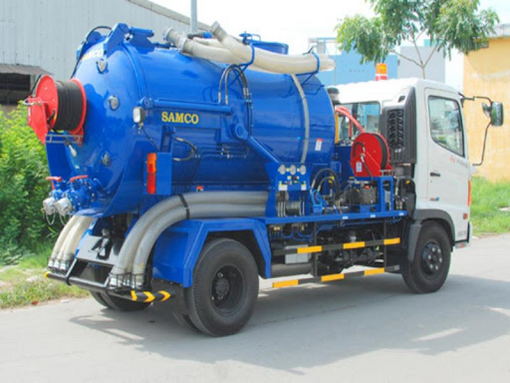
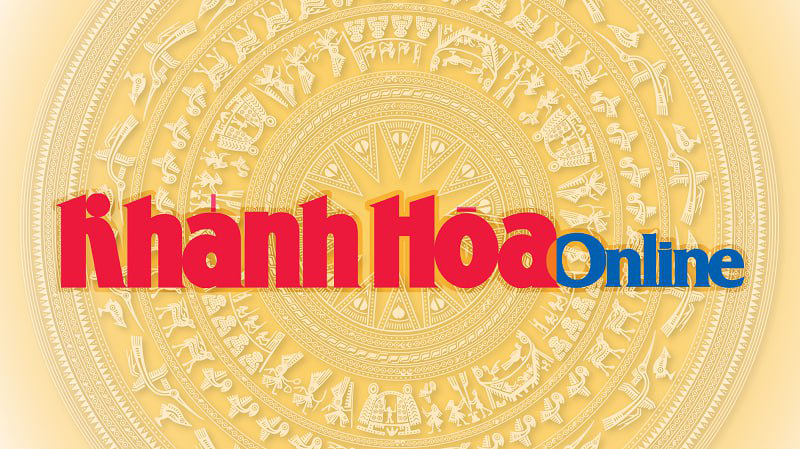



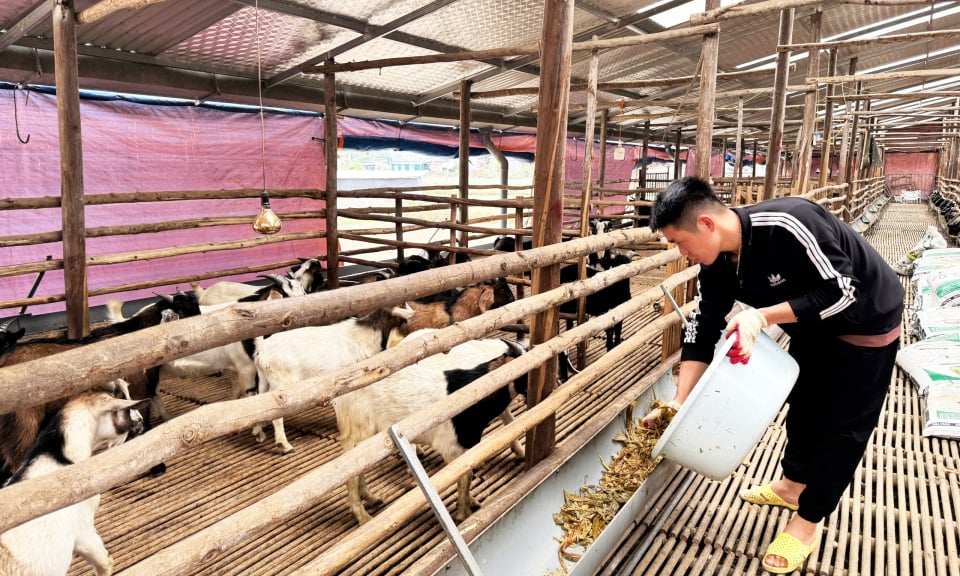

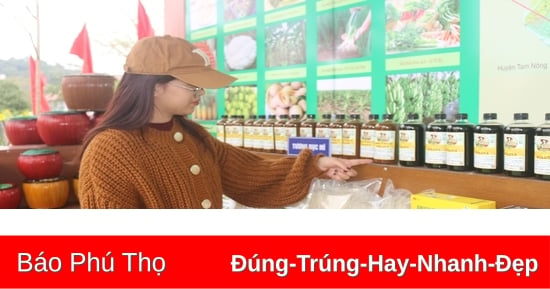



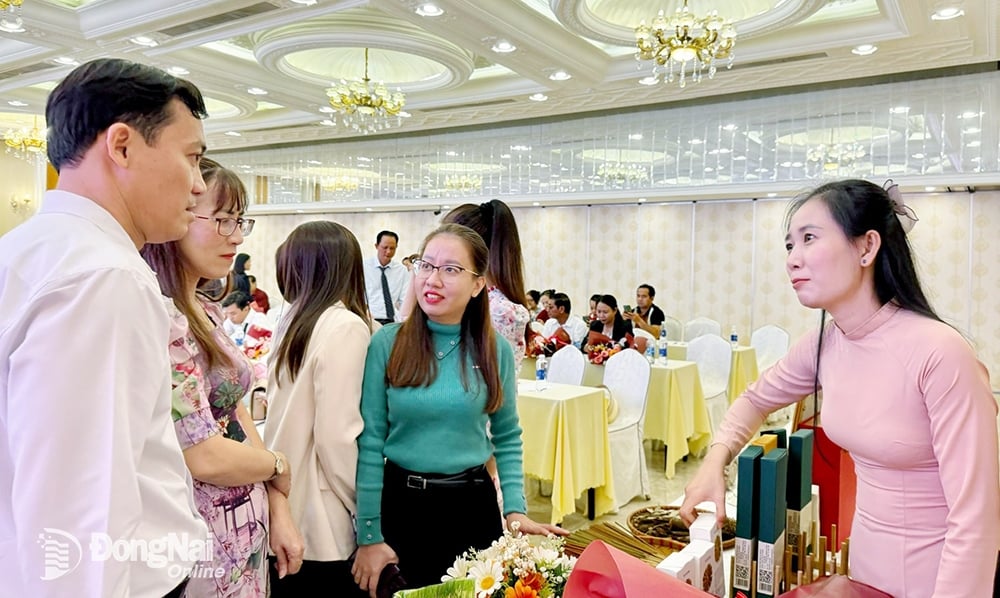



Comment (0)